Video Hits
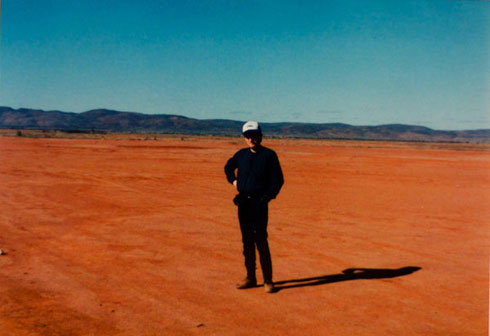
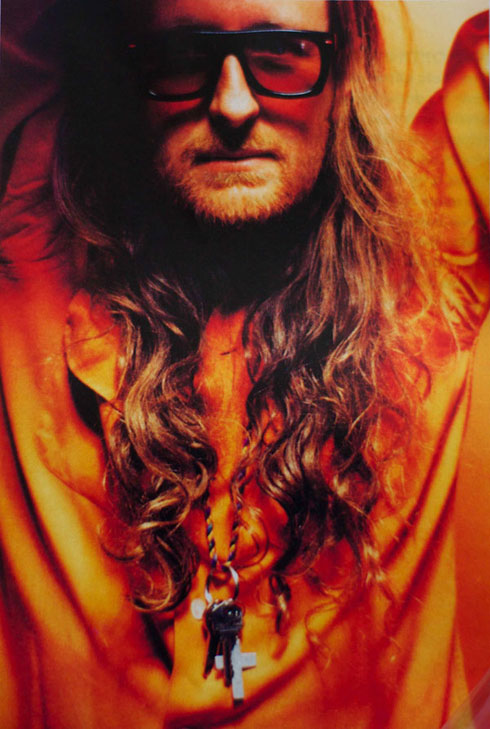
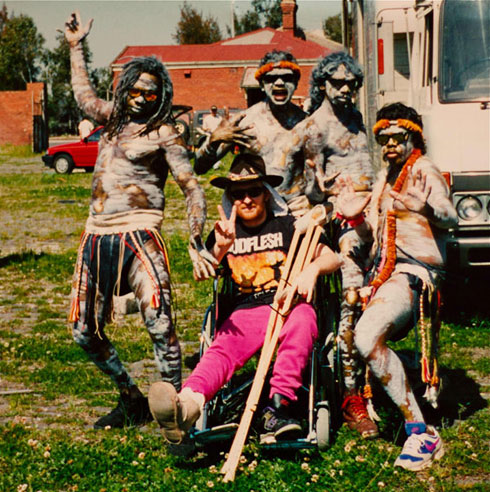
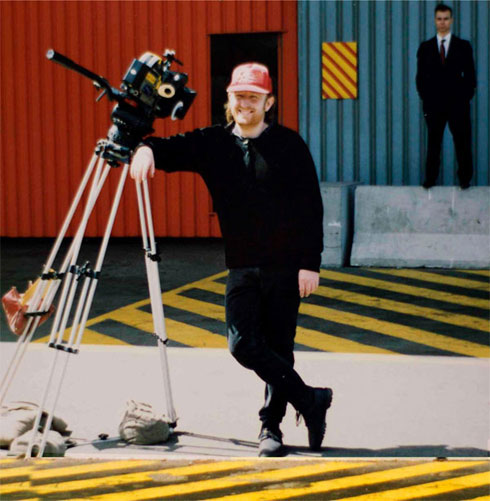
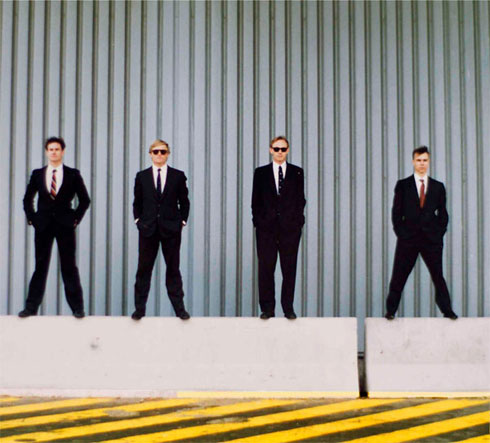
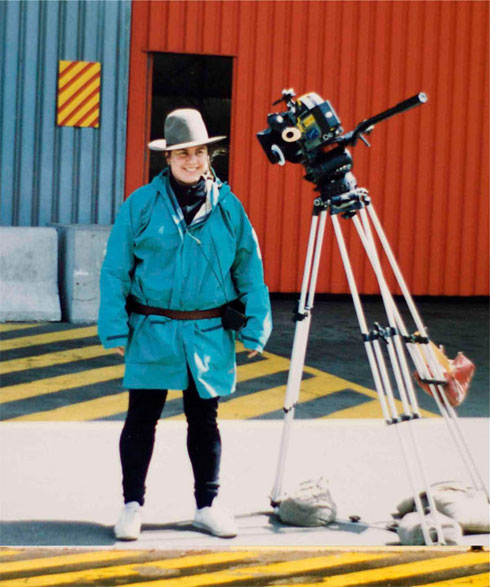 Text: Millie Stein Images: Paul Elliott & Sally Bongers
Text: Millie Stein Images: Paul Elliott & Sally Bongers
My aunty and uncle used to direct music videos. I was in one of them, I think, or I may have just visited the set. They were making a clip for Deni Hines, Marcia’s daughter. I was five, and it seemed to me that they had the best job in the world.
Watching the clips now, their aesthetic speaks of such a specific time – it’s all saturated colour, the Australian outback and Peter Garrett. There’s also a very particular feeling, where everything is genuine even when it’s subversive, political or silly. Clearly, there was no value placed on slickness or anything that could be interpreted as fashionable. There’s no glibness, no sass.
As with every generation that isn’t your own, it all seems so experimental and progressive. I’m sure the same thing is still around in different forms, made by different types of people, but I wanted to ask my uncle how it happened back then.
Millie Stein: What was the first clip you were involved in?
Paul Elliott: It was for a new wave band from New Zealand called Mi-Sex, when I was at film school. I remember being pulled aside by someone on set who told me that their manager was a very prominent organized crime figure. At that time, Countdown was the main music program and they used to get live bands to come and play. When [Dogs in Space director] Richard Lowenstein made the video for Hunters and Collectors’ ‘Talking to a Stranger’ in 1979, it was so good that they showed it on TV. Suddenly there was an avenue for music videos to actually be screened. It was a show called Nightmoves, on ABC, and it was the precursor to Rage. ‘Talking to a Stranger’ was set in a post-apocalyptic world and, in my final year at film school, I had made a post-apocalyptic, Mad Max-like film. Richard Lowenstein called me to ask if he could buy the off-cuts to use in a Hunters and Collectors clip, and I told him to go and shoot his own. When he made the next Hunters and Collectors clip, I had just made a film at film school called Industrial Park, which was an experimental documentary, and he called me up again and asked for the off-cuts. At that time I needed the money, so I sold him a whole box of off-cuts and that became ‘Lumps of Lead’.
MS: How did you want to make your clips different to what you were seeing?
PE: I perceived that music videos looked too clean. They all looked over-lit. I was trying to make something that was darker and had some texture to it. We shot on film, not on video, and then we would transfer it to video for editing and final dissemination to TV stations. ‘Telecine’ was the transfer from film to video, where you’d actually stop on each shot and adjust the contrast. When we first started, some of the telecine people would say, “That red is illegal, you can’t wind the red up that much”. The technical people at the TV channels would put the tapes in, to screen on Rage or something, and would say, “Oh, we can’t play this tape because the red is up too high”. There were standards for colours, which we were always trying to push to illegal limits. We were always pestering them to wind the knobs up! The engineers who ran commercial broadcast TV were terrified. They thought the technology couldn’t handle it, and to their eyes it looked too rich, so they made it virtually monochrome. It was the colour wars! We fought against them for years. We were like art school people, not like old TV techno-crats. We were coming at it with graphic design sensibilities and knowledge of art and colour.
MS: Were any of your clips refused by Rage?
PE: Not by Rage, because that was a late night show. I once did a video for Def FX called ‘Psychoactive Summer,’ which was about taking LSD and mushrooms. We took a whole bunch of hippies and ferals up into the forest – rounded up a band of twenty or thirty of them into a national park – and filmed them all staring at fungus and tripping out of their brains under waterfalls. There was one scene of a woman breastfeeding her baby, which I thought was perfect because it’s exactly the sort of thing hippies do in the forest. The ABC said there was no way we could have a woman breastfeeding on television at six in the evening. They made a late-night version and a daytime version.
MS: When did you start to move away from directing video clips?
PE: I think I realised I didn’t really want to direct videos anymore because I found the process too all-consuming and I had other interests. Also, I never really wanted to work with anyone outside the Australian music industry. I once shot a video for the British punk band The Damned. They wanted something quintessentially Australian so we went to the Mundee Mundee planes. There was a dead tree in the shimmering heat, that sort of thing. The band finally finished make-up and came out of their air-conditioned Winnebago. They were dressed as flamenco guitarists, all in black, and when they came out a million flies swarmed and landed on them. They ran back screaming into the trailer. The poor director was some English guy who had a schedule of about 200 shots and the sun was going down and I just said, “We haven’t got time to do anything except a continuous take. We’ll run the song four times with Panavision cameras. We’ll get the road train driving around in giant circles, we’ll get the plane flying over head, we’ll get the guy in the white horse charging through…” They had everything. It was completely stupid.
MS: Did you ever get in trouble for being so off-the-cuff?
PE: We never had permission to shoot in any of the places that we shot. There’s a classic video we shot for an industrial metal band called Mantissa, where at the final stages of the video the police drive into the shot, and you see Sally running over and talking to them through their car window. Whenever we had trouble, someone would go talk to them for a few minutes so we could film a whole run of the song before we had to get out. Even when we had to run, we’d film that as well. All the great locations have since been demolished. We’d film places on their last legs, and would have captured a massive amount of places just before they were destroyed. In Pyrmont, there used to be this beautiful industrial incinerator that was designed by Walter Burley Griffin. It had giant walls covered in Aztec and Mayan stonework, and giant furnaces big enough for a person to stand in. I must have shot half a dozen videos in there, against floor to ceiling windows and dripping pipes. These days it’d be like demolishing the Taj Mahal, but in those days they just tore it down.
MS: It sounds like a bygone era.
PE: Music video wasn’t taken seriously as an art form in those days. Even though we made them with serious intent, there was no analysis of it and it was seen as being lightweight compared to doing feature films. I always saw music videos as a valuable creative process for the culture of the country. Visually, we were very influenced by photography and graphics. After the [Russian] Revolution, from about 1917 to about 1927, Russia was a hotbed of modern graphic posters and strong colour and silhouettes. When I was in film school, I was obsessed by that kind of stuff because it was so different to what we saw in the 70s and 80s. Films at the time were all like Picnic at Hanging Rock, with foggy filters and big flouncy skirts – period films, which I couldn’t relate to in any way. I refused to see that film. I’ve only ever seen clips. I am still boycotting it.
Next story: Stone Free – Billy Bride
The November issue of The Blackmail proudly supports Movember



